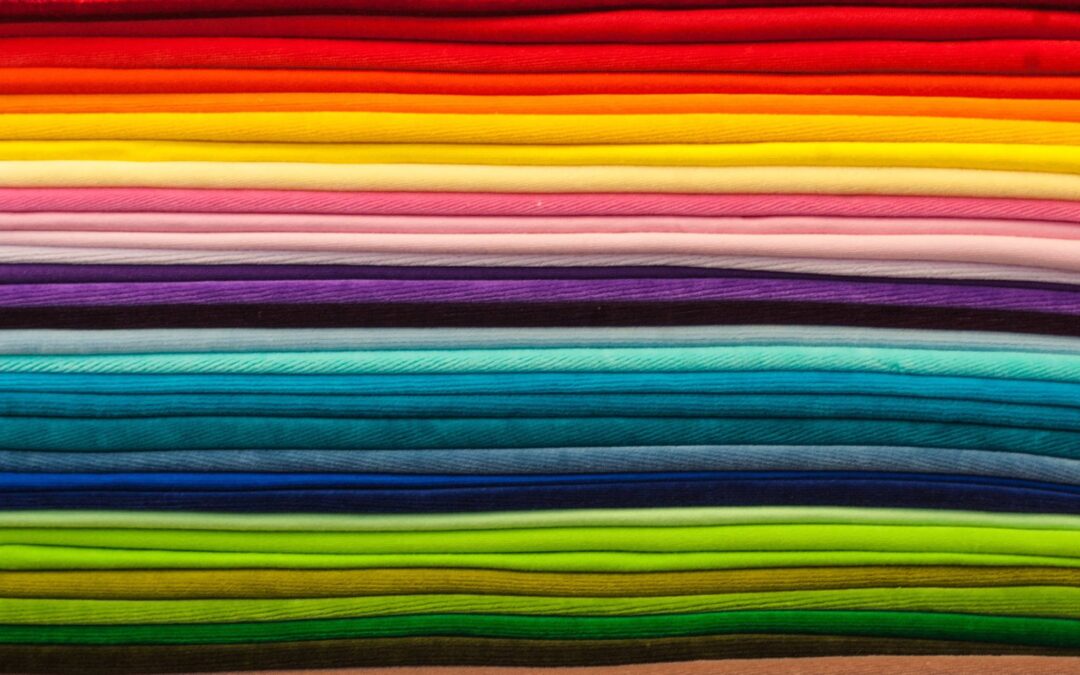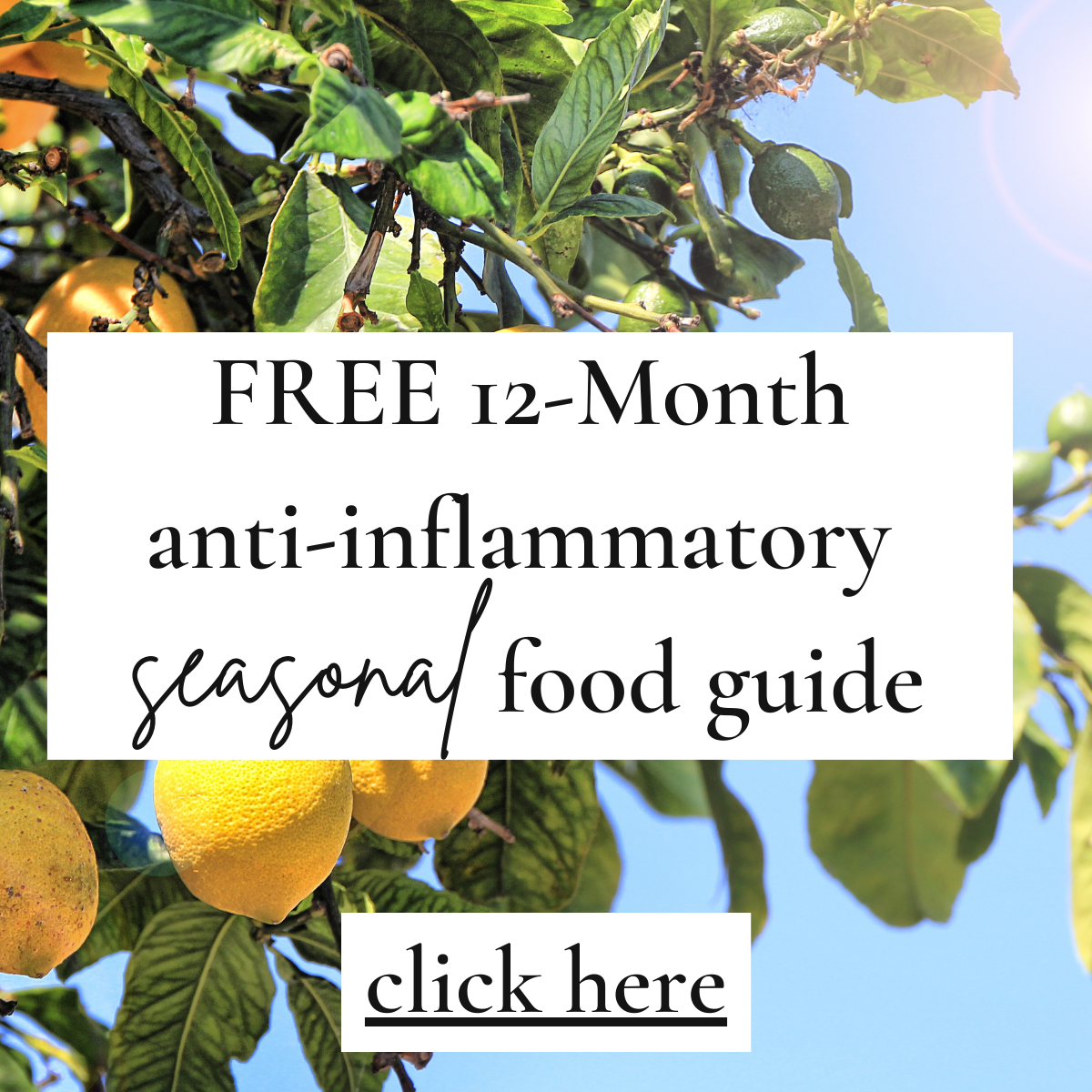Are Fabrics Toxic?
Did you know the clothes you’re wearing right now could be impacting your well-being and your frequency? Toxins, chemicals, and low-frequency fabrics are hidden dangers in what we wear, sleep in, and could be impacting you in ways you never imagined.
It’s a topic that’s not widely discussed, but critical information everyone should know to avoid toxicity exposure and lowered frequency unknowingly.
We’ll dive into what these toxins and frequencies are, how they affect our well-being, and explore natural fabrics used for centuries that can help you stay healthy and balanced physically and energetically.
Where Are Toxic Fabrics?
There are so many materials to consider, not just what is in our wardrobe, but also our environment – mattress, sheets, shower curtains, rugs, towels, yoga mats, and more.
Buying and using these materials have an impact not only on our well-being, but also on our planet as well.
What Fabrics Are The Most Toxic?
Fabrics and materials can be manufactured with harsh chemicals and toxins.
Synthetic fabrics like polyester, nylon, spandex, and acrylic are not only chemically treated but also petroleum-based or what’s called petrochemicals. Additionally, synthetic materials can contain ammonia, acetone, and sulfuric acid.
Aside from being toxic to humans, it is also hard for your skin to breathe in these fabrics. When wearing these materials, it can permeate the skin which can cause headaches, nausea, allergic reactions, skin irritations, as well as endocrine disruptors.
There is also a problem of ingesting synthetic fabric particulates, whether you wear synthetics or work in an environment around synthetic fabrics, which can disrupt digestion. Inhaling these fabrics can lead to asthma, heart disease, and even cancer to name a few.
Microplastics are also a part of the synthetic fabric manufacturing equation which can damage lung health. Washing clothes with microplastics can pollute oceans along with harm to marine life. Here is a link to a fantastic Plastic Soup Foundation overview if you want to take a deep dive into what science is showing us about these harmful fabrics used in our everyday lives.
Are BPAs “Forever Chemicals” In Clothes?
Let’s not forget the dermal exposure to BPAs, Bishphenol A aka “forever chemicals”. BPAs are in so many everyday products like food containers, non-stick pans, and yes, even those cute yoga pants. They’re coined forever chemicals in part because they are incredibly tough chemicals to eliminate from the body.
BPAs are known endocrine disruptors impacting the body’s hormones and may be linked to high blood pressure, cancer, and diabetes.
BPAs are even found in water sources. I cover more about how to avoid BPAs, in my video, “Can your water be making you sick”? Linked below.
There are also semi-synthetic fabrics that can be misleading. Fibers can be made from natural materials like eucalyptus, bamboo, wood pulp to name a few, but may be equally as toxic to the human body. It may seem eco-friendly, but the reason it is semi-synthetic is the use of natural fibers in combination with heavy chemical treatments.
But what also needs to be considered is not just what fibers are used, but the manufacturing process as well. Just because something is 100% cotton, does not mean it was not subject to chemical processes afterward.
Think about fabrics that have been treated to be wrinkle-free, waterproof, and antimicrobial. All of these conveniences are not conveniences at the end of the day. These finishing treatments often use known carcinogens and heavy metals. This also doesn’t include detergents and fabric softeners used that also contain chemicals. A free resource to avoid chemicals in detergents, cleaning agents, and more. I will link below called Ewg.org. It is a vast database for other things as well, makeup, hair products, and even your water and will help you easily identify what has high levels of toxicity and will also turn you on to products that are healthier for you and the planet.
What Fabrics Are Healthy?
Natural fabrics like organic cotton, linen, bamboo, and hemp that are minimally processed, using natural dyes are wonderful choices for your health, your skin, and the planet.
Natural fabrics are high quality and will last longer than most fast fashion options. Choosing quality over quantity can make an even bigger impact by minimizing waste.
What Are High-Frequency Fabrics? Why Does High-Frequency Matter?
Everything around us consists of atoms vibrating at different speeds. According to a study done by Heidi Yellen in 2003, the human body has a signature frequency of 100.
Guess which fabrics have the same frequency as the human body?Organic Cotton and hemp, rank at 100.
The study showed if a fabric number is below 100, it puts a strain on the body.
Guess what a dead person’s frequency was? 15. Know what fabric matched it? Polyester.
Essentially the study suggests that high frequency natural fabrics like linen, organic cotton, hemp and wool all impart energy, whereas toxic low-frequency fabrics may do the opposite and drain it.
Do Fabrics Have Health Benefits?
Did you know that linen and wool are hypoallergenic, antibacterial, and thermoregulatory – Linen is an amazing fabric to not only wear, but also sleep in.
Wool is also shown to naturally keep your heart rate low for deeper sleep.
Hemp has antibacterial, antimicrobial properties and is naturally effective for protection against UV rays. Research shows hemp can block up to 99.9% UVA and UVB rays.
How Can I Avoid Toxic Fabrics & Clothes?
Read labels. Just as you would grocery shopping, start becoming aware of the fabrics, dyes, and processes used to manufacture items before you buy them.
Educate yourself on the differences between fabrics. An easy way to do this is reference the links below to empower yourself.
Look for 3rd party certifications. 3rd party certifications are independent groups that did not make the fabric and rate, test, and verify claims companies make about their products.
Here are a few notable 3rd party certifications that rate fabrics:
Gots or Global Organic Textile Standard
Gots is the gold standard of certifications. A Gots-certified organic label ensures Fibers are 95% certified organic and fabrics remain healthy throughout the entire manufacturing process – dyes and other chemicals used are considered safe for human health and no harmful finishes were added to the final product.
Explore New Eco-Friendly, Heart-Centered Businesses
There are also a lot of amazing brands out there that are focused on providing healthy fabrics to discover.
Many brands are dedicated to making everything from clean mattresses to non-toxic yoga pants.
If anything, in my own wellness journey to becoming autoimmune-free, I have been pleasantly surprised at how I actually prefer new, healthier, non-toxic brands to the name brands I used to use in the past – everything from makeup to clothing. I somehow thought I would be compromising quality, but not at all. Plus, many new healthy options provided cost savings too! It’s been a huge win-win overall.
Are There Non-Toxic Clothing And Fabric Brands?
Yes! Here are some of my personal recommendations and other helpful resources:
Hope & Henry – GOTS-certified clothing for kids, women, and men.
Interior Medicine – What a find! Non-Toxic home decor, materials, paint & furniture curated by a doctor with informative blog posts.
Coyuchi – Luxury home goods from bedding to beach towels.
Zone By Lydia – Cork yoga mats, hemp clothing, and much more.
EWG.org – Research the cleanliness of you home’s water with this database. I wrote another blog post to check out called Is Your Water Making You Sick everything you need to know about water safety; what we drink, shower with, and more. EWG also has a database for cleaning products, hair products, makeup and more.
How To Phase Toxic Fabrics Out
This doesn’t have to be an expensive or an overnight endeavor either. As mentioned, start phasing toxic fabrics incrementally as you need to replace something in the house, whether it’s new sheets or a new blouse. Do as your budget allows and an idea would be to donate what is not used to those in need.
Keep Your Styles Classic
Opting for classic styles that never run out of style vs. “Fast fashion” can be cost-effective, minimize waste, and also avoid chemicals commonly used in the fashion industry.
You can make your own fashion statement by saying no to toxic fabrics that harm our health and our environment.
In my own health journey overcoming two autoimmune diseases naturally I discovered that everything is connected; whatever is unhealthy for our planet and Her creatures, is also unhealthy for us. To learn more about addressing the root causes of inflammation to eradicate symptoms naturally, you can learn about working with me here. In the meantime, I hope this post has helped empower you to make safer choices that actually boost your health vs. harm it.



